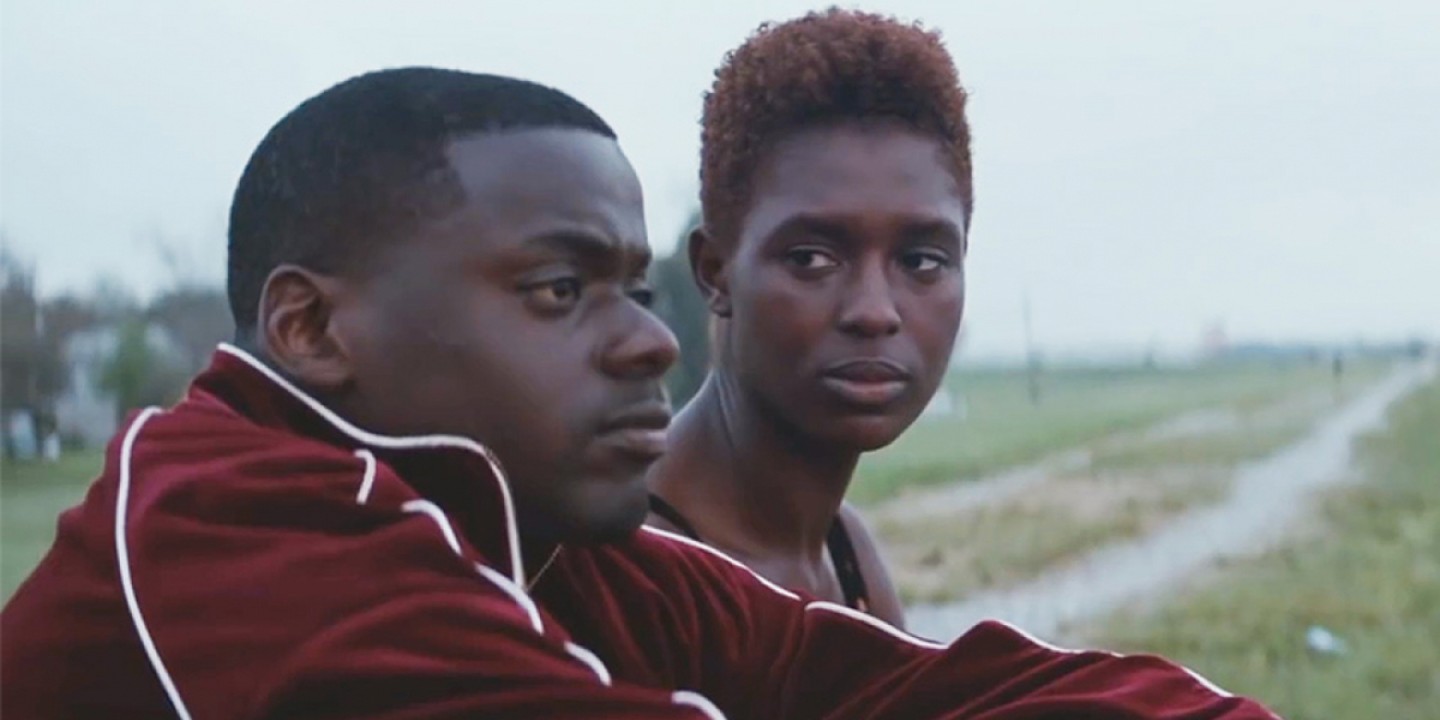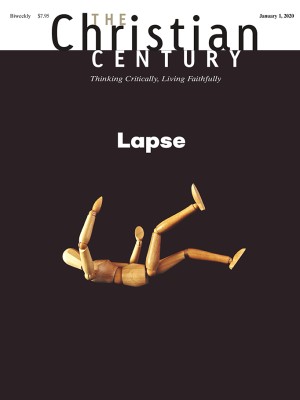Queen and Slim challenges assumptions about race, justice, and what matters
Melinda Matsoukas’s film rolls terror and hope into one story.

“Well, if it isn’t the black Bonnie and Clyde,” says Uncle Earl when Queen (Jodie Turner-Smith) and Slim (Daniel Kaluuya) show up at his New Orleans home on the run from the law in an early scene in Queen and Slim, directed by Melina Matsoukas. Whatever images of action and adventure are conjured up by the comparison with Bonnie and Clyde, they are undercut by the film’s unconventional narrative and languorous, often melancholy, tone.
Queen and Slim are outlaws because they accidentally killed a trigger-happy cop during a traffic stop. She is a defense attorney; he’s a black man in America; neither one of them has much confidence things will work out if they stick around to tell their side of the story. As they drive deeper into the American South, the legacy of black people living on the run permeates the landscape. The open vistas of gorgeous green land are marred by all-black prison gangs toiling in the fields, the prisoners’ ankles chained together. When Slim remarks how beautiful the land is, Queen asks quietly, “Is it?”
Read our latest issue or browse back issues.
With an unexpected light hand, the film underscores police brutality as a constant state of life; the fundamental racial divide that runs through American culture, shaping the way black and white people receive and respond to the fugitives; and the persistent, debilitating poverty that marks most of the communities Queen and Slim can slip through undetected.
But mostly the film dwells on Queen and Slim, who remain electrifying, enigmatic figures. They were at the end of an awkward date that didn’t stand a second chance when they were pulled over by the cop. We get to know them as they get to know each other. They show themselves in half-told stories and small revelations of character: he doesn’t drink but risks everything to take her dancing; she refuses to speak to her family but immediately goes to her uncle’s house when they are in trouble. They have no time, and they have nothing but time, which means they feel like they know each other fully when they barely know each other at all.
The film juxtaposes the hesitancy of their intimacy with the speed with which they are transformed into symbols. Within hours of hitting the road, video from the police car has gone viral on social media and national news. They are revolutionaries, fighting police power. They are black radicals, ordering the death of all police at the hands of angry mobs. They are troublemakers who will make things worse for an already oppressed people. They are signs of hope and signs of terror. Queen and Slim quickly realize that it doesn’t matter what they say about their own intentions, fears, or hopes; this is no longer just their story.
Instead of countering these projections with personal confession and exposition, the film retreats into silence. We watch Queen and Slim watch each other’s faces; we watch others watching them. As Queen and Slim stop trying to explain themselves, their faces become dark pools, reflecting those who look at them, concealing whatever lies beneath. Their most intimate revelations are spoken in voice-over while we watch them dance or drive or sit in silence, almost as if they are communicating without actually speaking.
The movie does not reject the apotheosis of Queen and Slim into something beyond themselves. There is something beautiful about their transformation, and Queen and Slim even find some peace in accepting this fate. But this is also where the film implicates the viewer: it challenges us to think about the ease with which we adjudicate the meaning of black lives that make the news or show up in our social media feeds. Queen and Slim might be powerful symbols in a righteous struggle. They might be pawns of forces they cannot control. But that is not the sum of who they are. The film’s gift is to let us move and breathe with them in the intimate quiet of their own indeterminate world.
A version of this article appears in the print edition under the title “Symbols on the run.”






